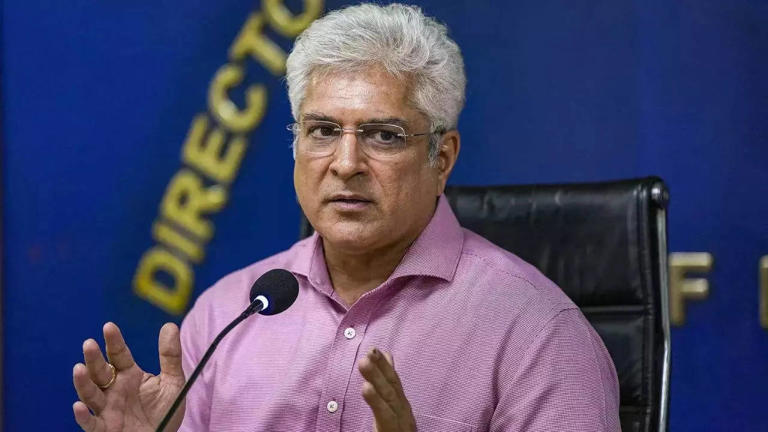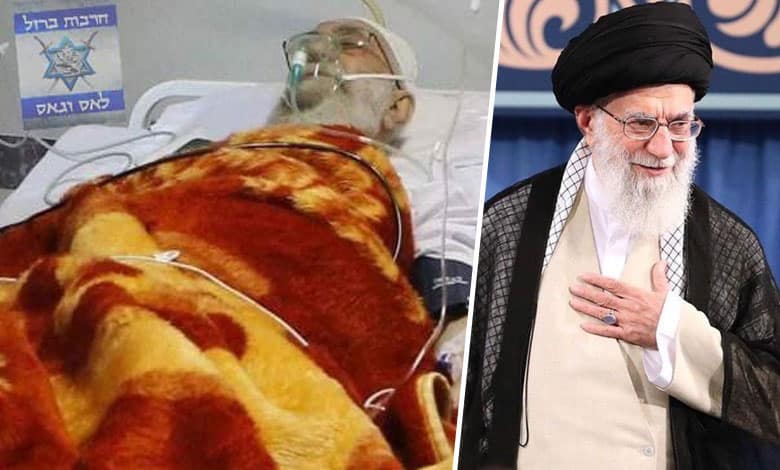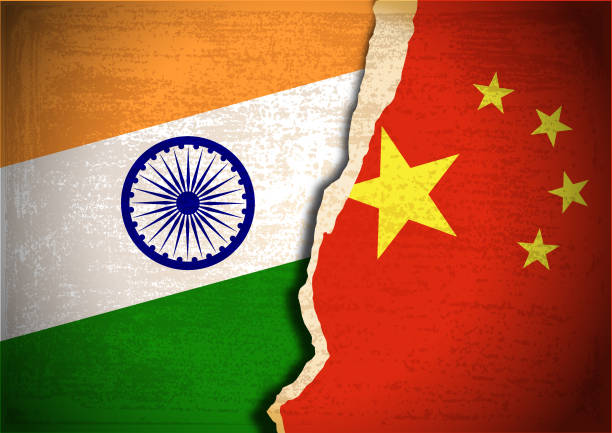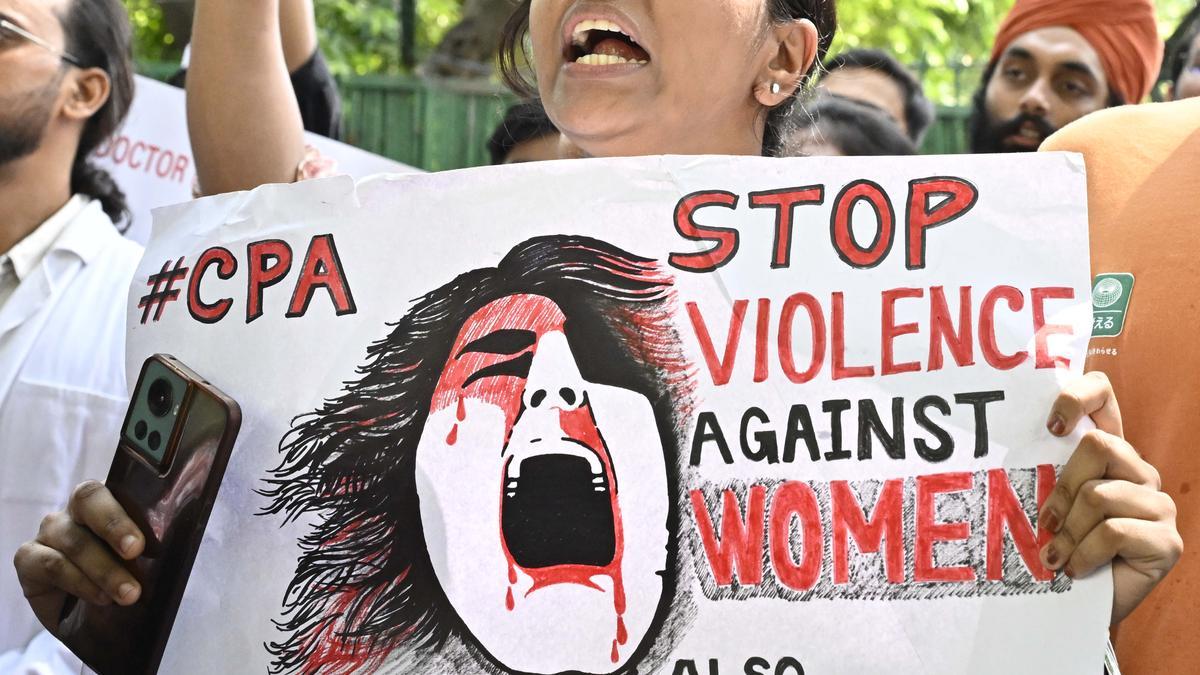Home / health-care / White Phosphorus: A Weapon of Mass Destruction in Lebanon and Gaza, Raising Grave Human Rights ViolationsFor the past 14 months, Israel has been locked in an intense conflict in Gaza and Lebanon. During this prolonged military engagement, the use of
White Phosphorus: A Weapon of Mass Destruction in Lebanon and Gaza, Raising Grave Human Rights ViolationsFor the past 14 months, Israel has been locked in an intense conflict in Gaza and Lebanon. During this prolonged military engagement, the use of
By: My India Times
3 minutes readUpdated At: 2024-12-06
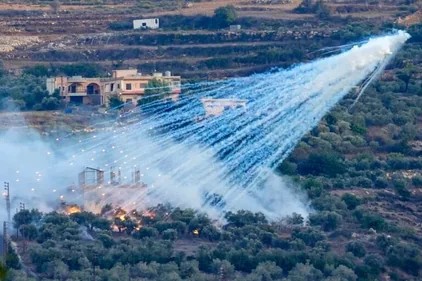
For the past 14 months, Israel has been locked in an intense conflict in Gaza and Lebanon. During this prolonged military engagement, the use of white phosphorus—an incendiary weapon known for its extreme destructiveness—has sparked major human rights concerns. Israel has faced international accusations of deploying white phosphorus in densely populated areas of both Gaza and Lebanon, resulting in severe humanitarian consequences.
What is White Phosphorus?
White phosphorus is a toxic, highly flammable substance that ignites spontaneously when exposed to air. It burns at temperatures exceeding 800°C (about 1,500°F), which is hot enough to melt metal and burn through human skin and bone. When white phosphorus explodes, it disperses dense white smoke that can cover large areas, making it not only a weapon of destruction but also a tool for blinding and disorienting adversaries. The weapon can be launched using shells, bombs, rockets, or grenades, making it versatile in combat scenarios.
The Devastating Effects of White Phosphorus on Human Health
White phosphorus burns intensely, inflicting devastating injuries. Direct contact with the skin can cause severe burns that penetrate to the bone, often resulting in lifelong disabilities or death. Inhaling white phosphorus smoke or fumes can cause serious respiratory distress, suffocation, and long-term lung damage. When absorbed into the bloodstream, it can lead to organ failure, paralysis, and even death. Despite its horrific effects, white phosphorus is not universally banned under international law, though its use in civilian areas is widely condemned as a violation of international humanitarian law.
Human Rights Violations and the Use of White Phosphorus
The use of white phosphorus in civilian-populated areas is a clear violation of the right to life, health, and safety, which are fundamental human rights protected by international law. Israel has justified its use of white phosphorus for military purposes, claiming it is needed to create smoke screens during operations. However, critics argue that using such a deadly weapon in civilian areas contradicts the principles of distinction and proportionality under the Geneva Conventions, which require that military actions avoid harming non-combatants. This disregard for civilian safety calls into question Israel’s commitment to international human rights standards.
Environmental Damage and Long-Term Consequences
In addition to the catastrophic human toll, the use of white phosphorus also results in significant environmental damage. The toxic residue of the substance can contaminate the air, soil, and water, leaving lasting harm to the region’s ecosystems. The long-term consequences of this environmental destruction further exacerbate the humanitarian crisis, threatening the health and livelihoods of those living in the affected areas.
Global Outcry and Calls for Accountability
The use of white phosphorus has drawn widespread condemnation from human rights organizations, including Human Rights Watch (HRW) and Amnesty International. These organizations have called for an immediate investigation into the Israeli military's use of white phosphorus in Gaza and Lebanon, urging the international community to hold those responsible accountable for the violations of human rights and international law. The international community must respond by demanding an end to the use of such indiscriminate weapons and ensure that accountability measures are enforced.
The Need for International Action
It is imperative that the international community take decisive action to prevent the use of white phosphorus and other prohibited weapons in conflicts. Governments and international organizations must work together to strengthen enforcement of international humanitarian laws and protect civilians from harm during wartime. This includes holding accountable those who use such devastating weapons in civilian zones, thereby violating the most basic human rights.
Key Human Rights Violations:
1. Right to Life: The use of white phosphorus in civilian areas violates the right to life by causing severe injuries and deaths.
2. Right to Health: White phosphorus inflicts irreversible harm to the human body, leading to debilitating health conditions and long-term suffering.
3. Right to Safety: Civilians caught in areas where white phosphorus is used face extreme danger and threat to their personal safety.
4. Environmental Rights: The environmental destruction caused by white phosphorus endangers public health and exacerbates regional suffering.
5. Breach of International Law: The deployment of white phosphorus in civilian areas violates the Geneva Conventions and other international laws designed to protect non-combatants.
For the past 14 months, Israel has been locked in an intense conflict in Gaza and Lebanon. During this prolonged military engagement, the use of white phosphorus—an incendiary weapon known for its extreme destructiveness—has sparked major human rights concerns. Israel has faced international accusations of deploying white phosphorus in densely populated areas of both Gaza and Lebanon, resulting in severe humanitarian consequences.
What is White Phosphorus?
White phosphorus is a toxic, highly flammable substance that ignites spontaneously when exposed to air. It burns at temperatures exceeding 800°C (about 1,500°F), which is hot enough to melt metal and burn through human skin and bone. When white phosphorus explodes, it disperses dense white smoke that can cover large areas, making it not only a weapon of destruction but also a tool for blinding and disorienting adversaries. The weapon can be launched using shells, bombs, rockets, or grenades, making it versatile in combat scenarios.
The Devastating Effects of White Phosphorus on Human Health
White phosphorus burns intensely, inflicting devastating injuries. Direct contact with the skin can cause severe burns that penetrate to the bone, often resulting in lifelong disabilities or death. Inhaling white phosphorus smoke or fumes can cause serious respiratory distress, suffocation, and long-term lung damage. When absorbed into the bloodstream, it can lead to organ failure, paralysis, and even death. Despite its horrific effects, white phosphorus is not universally banned under international law, though its use in civilian areas is widely condemned as a violation of international humanitarian law.
Human Rights Violations and the Use of White Phosphorus
The use of white phosphorus in civilian-populated areas is a clear violation of the right to life, health, and safety, which are fundamental human rights protected by international law. Israel has justified its use of white phosphorus for military purposes, claiming it is needed to create smoke screens during operations. However, critics argue that using such a deadly weapon in civilian areas contradicts the principles of distinction and proportionality under the Geneva Conventions, which require that military actions avoid harming non-combatants. This disregard for civilian safety calls into question Israel’s commitment to international human rights standards.
Environmental Damage and Long-Term Consequences
In addition to the catastrophic human toll, the use of white phosphorus also results in significant environmental damage. The toxic residue of the substance can contaminate the air, soil, and water, leaving lasting harm to the region’s ecosystems. The long-term consequences of this environmental destruction further exacerbate the humanitarian crisis, threatening the health and livelihoods of those living in the affected areas.
Global Outcry and Calls for Accountability
The use of white phosphorus has drawn widespread condemnation from human rights organizations, including Human Rights Watch (HRW) and Amnesty International. These organizations have called for an immediate investigation into the Israeli military's use of white phosphorus in Gaza and Lebanon, urging the international community to hold those responsible accountable for the violations of human rights and international law. The international community must respond by demanding an end to the use of such indiscriminate weapons and ensure that accountability measures are enforced.
The Need for International Action
It is imperative that the international community take decisive action to prevent the use of white phosphorus and other prohibited weapons in conflicts. Governments and international organizations must work together to strengthen enforcement of international humanitarian laws and protect civilians from harm during wartime. This includes holding accountable those who use such devastating weapons in civilian zones, thereby violating the most basic human rights.
Key Human Rights Violations:
1. Right to Life: The use of white phosphorus in civilian areas violates the right to life by causing severe injuries and deaths.
2. Right to Health: White phosphorus inflicts irreversible harm to the human body, leading to debilitating health conditions and long-term suffering.
3. Right to Safety: Civilians caught in areas where white phosphorus is used face extreme danger and threat to their personal safety.
4. Environmental Rights: The environmental destruction caused by white phosphorus endangers public health and exacerbates regional suffering.
5. Breach of International Law: The deployment of white phosphorus in civilian areas violates the Geneva Conventions and other international laws designed to protect non-combatants.
By: My India Times
Updated At: 2024-12-06
Tags: health-care News | My India Times News | Trending News | Travel News
Join our WhatsApp Channel
















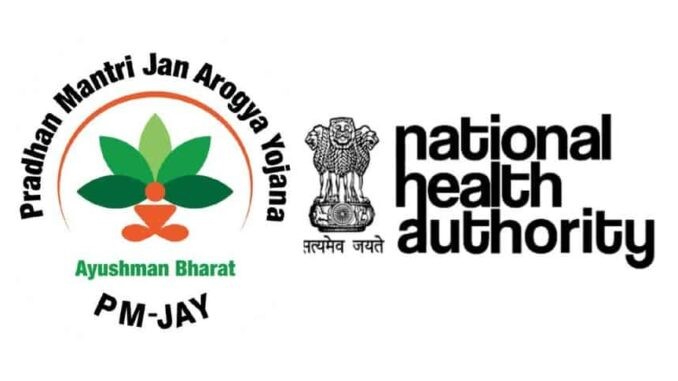


.jfif)


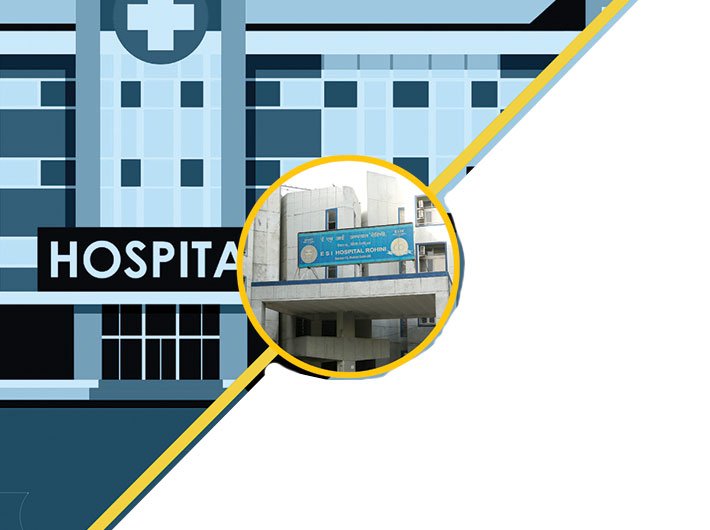




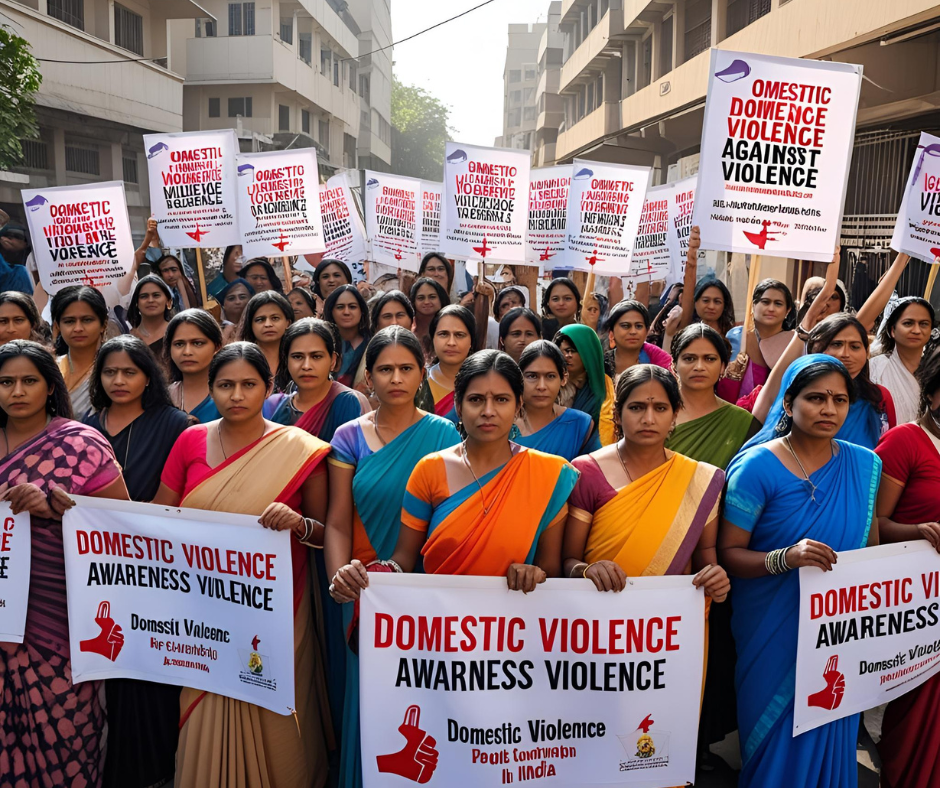

































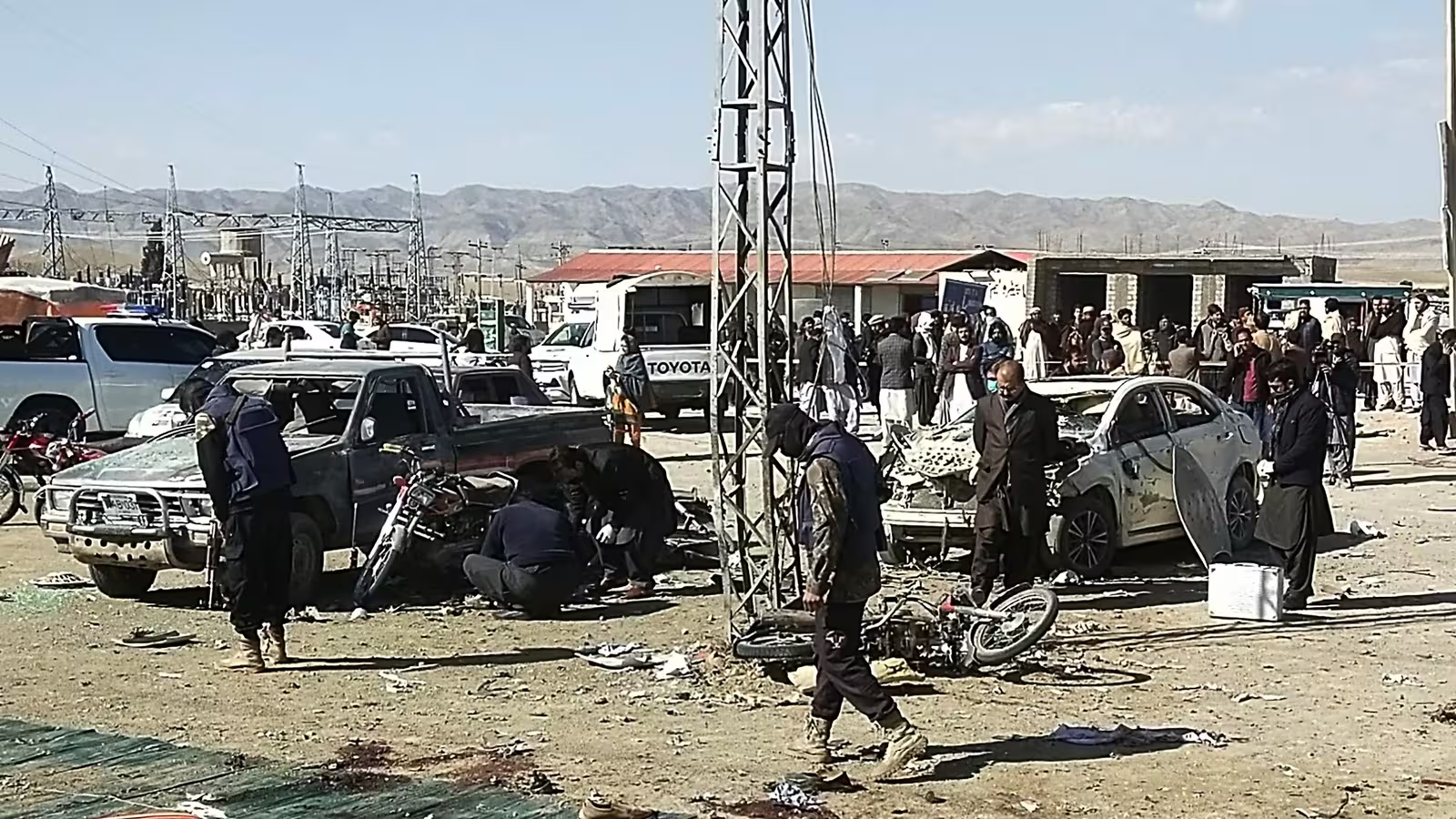

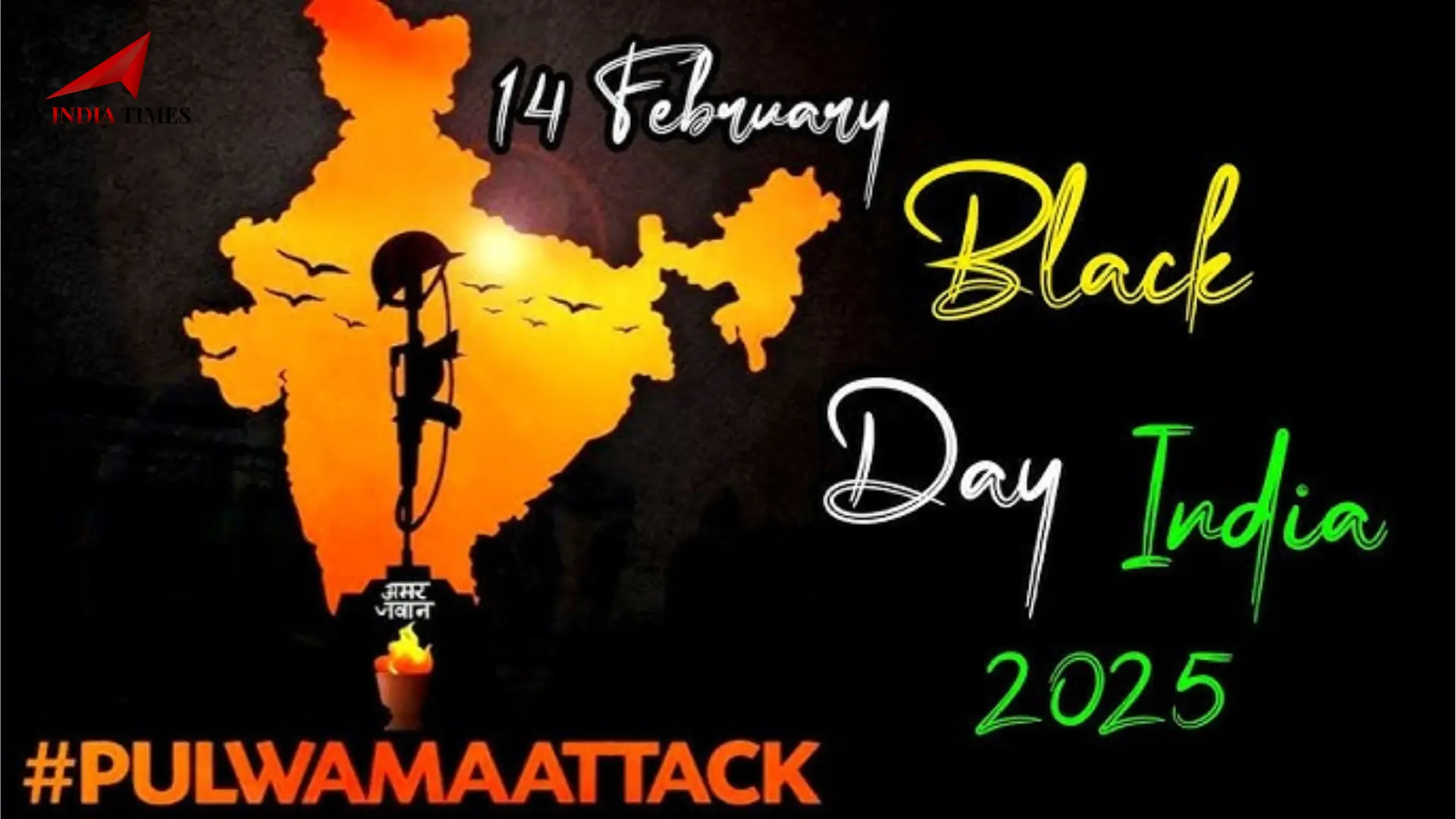


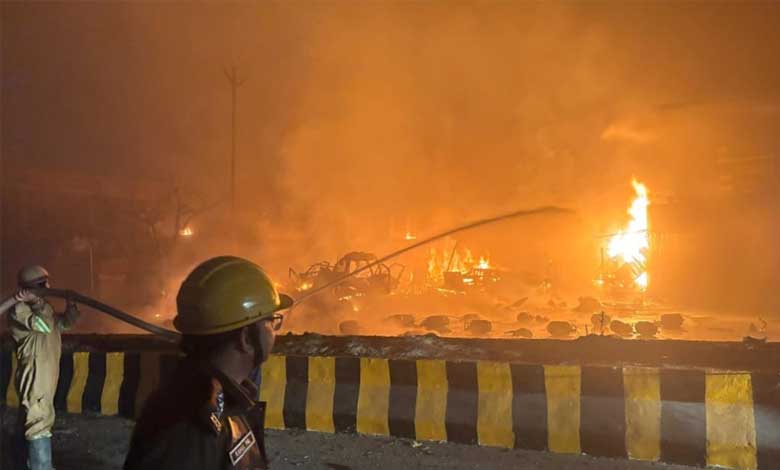












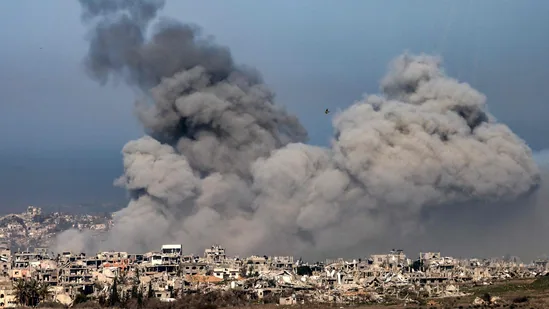
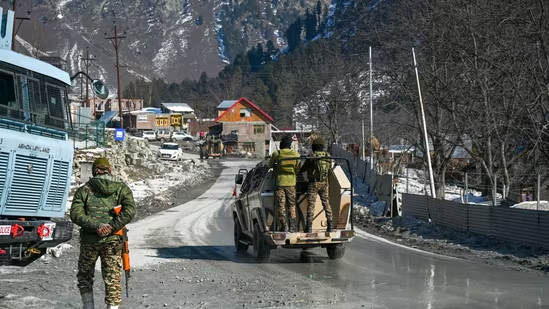

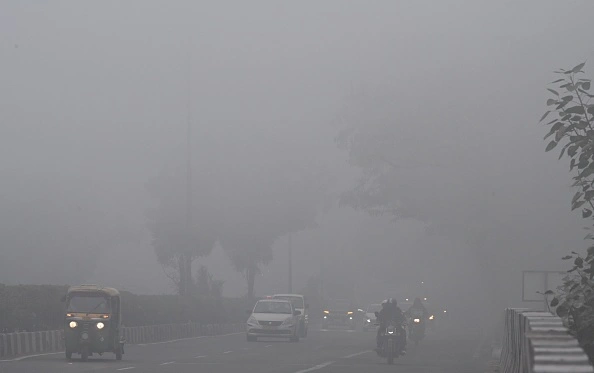

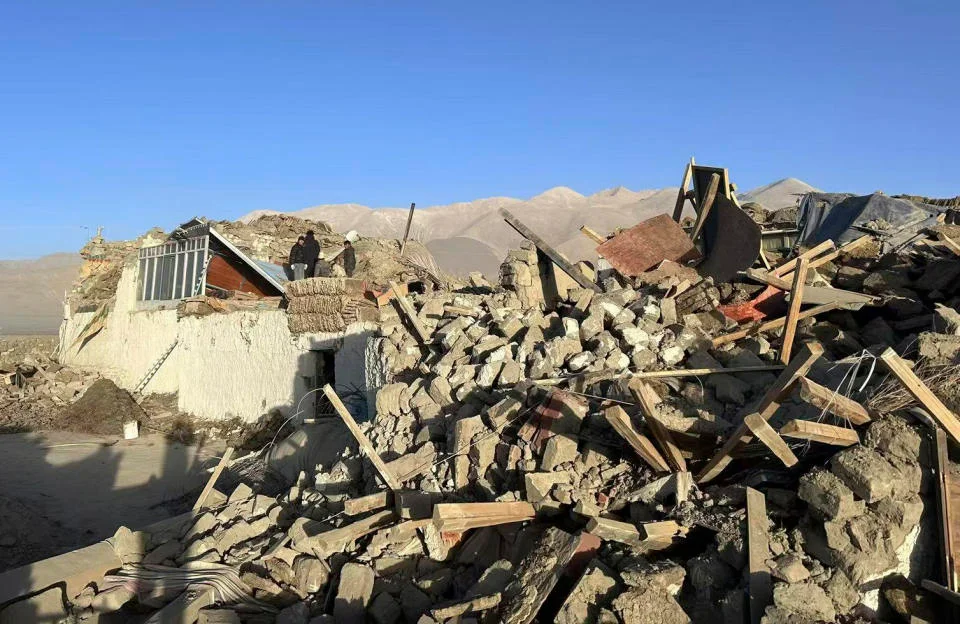


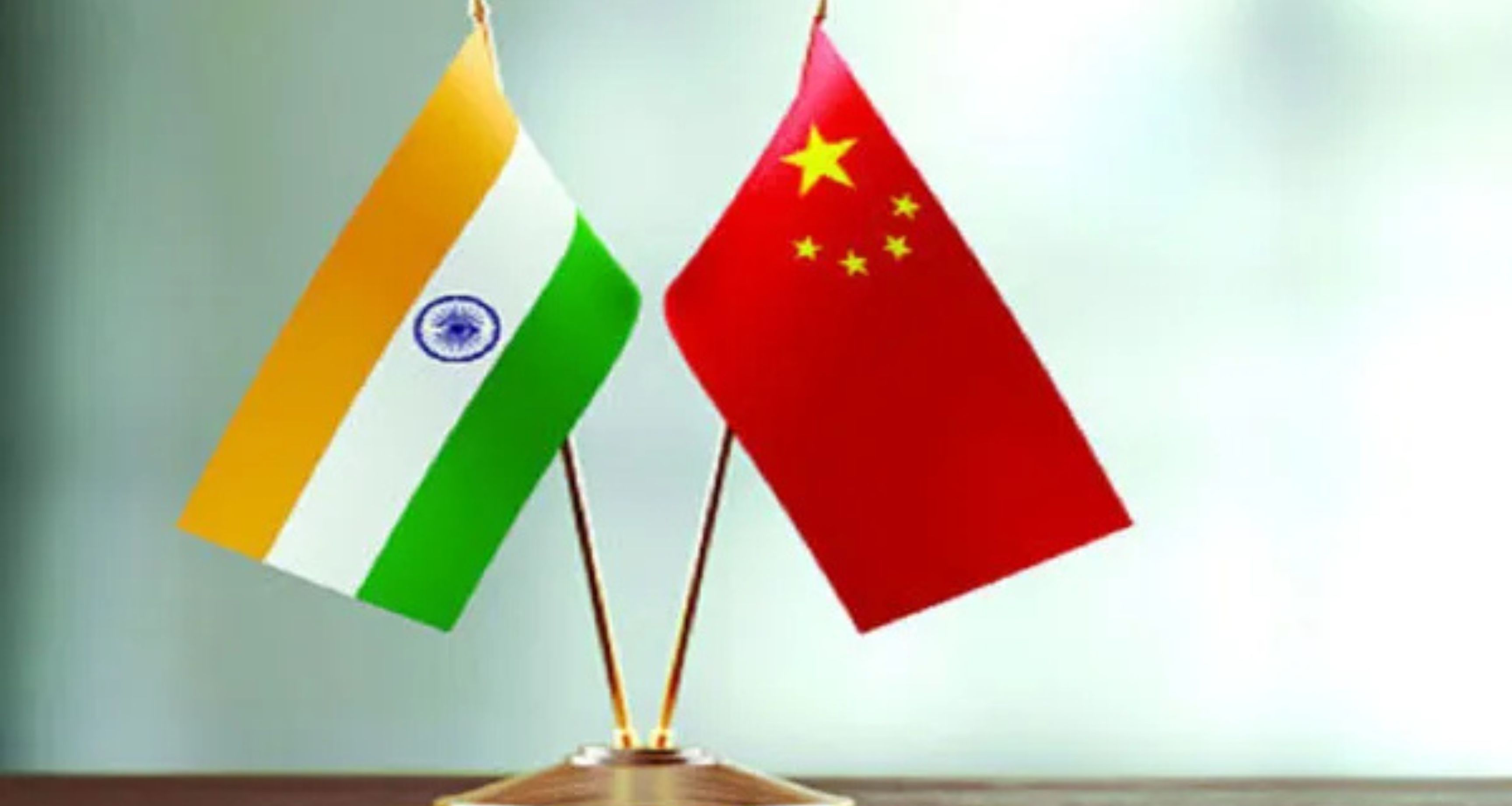
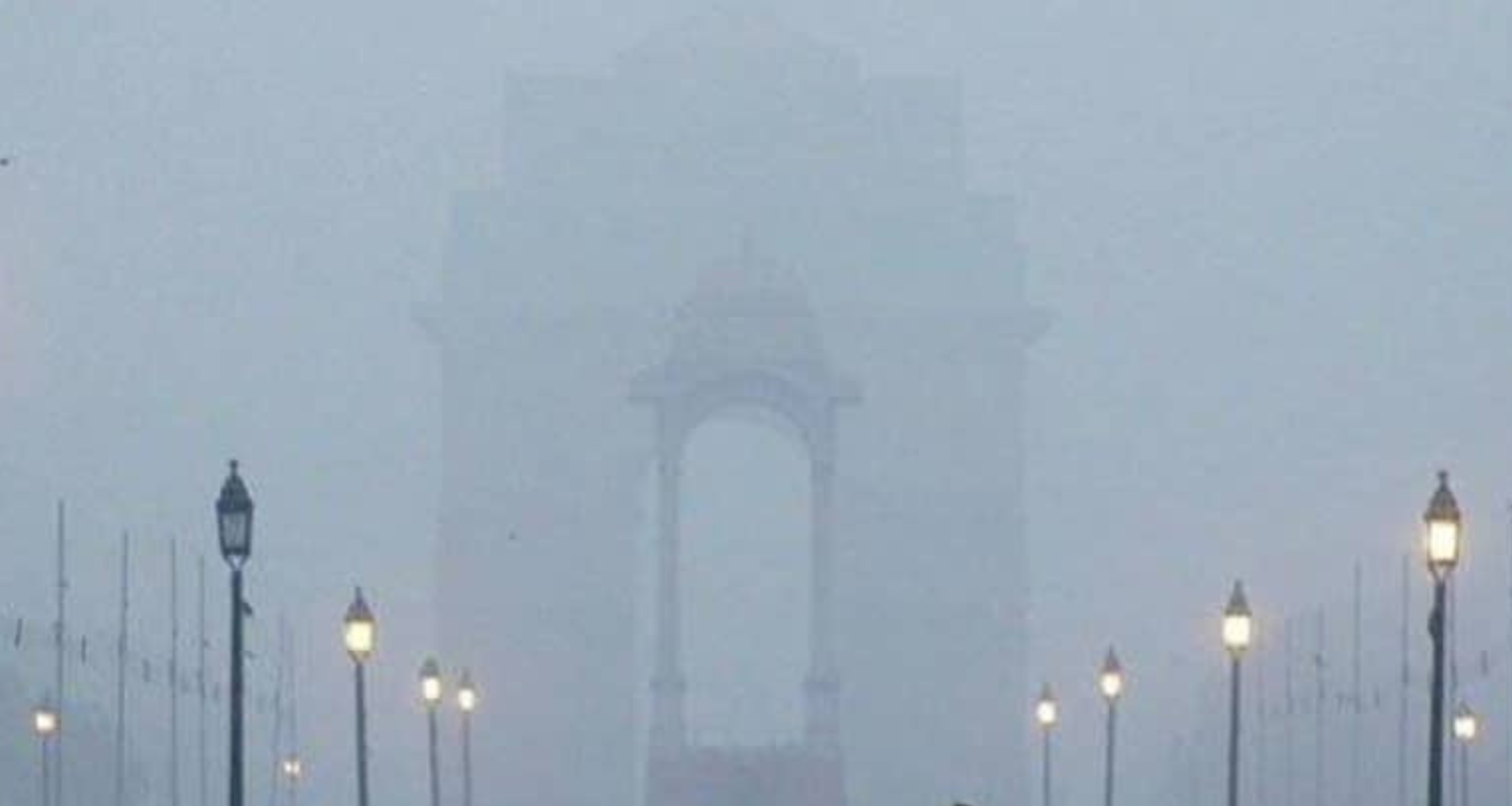
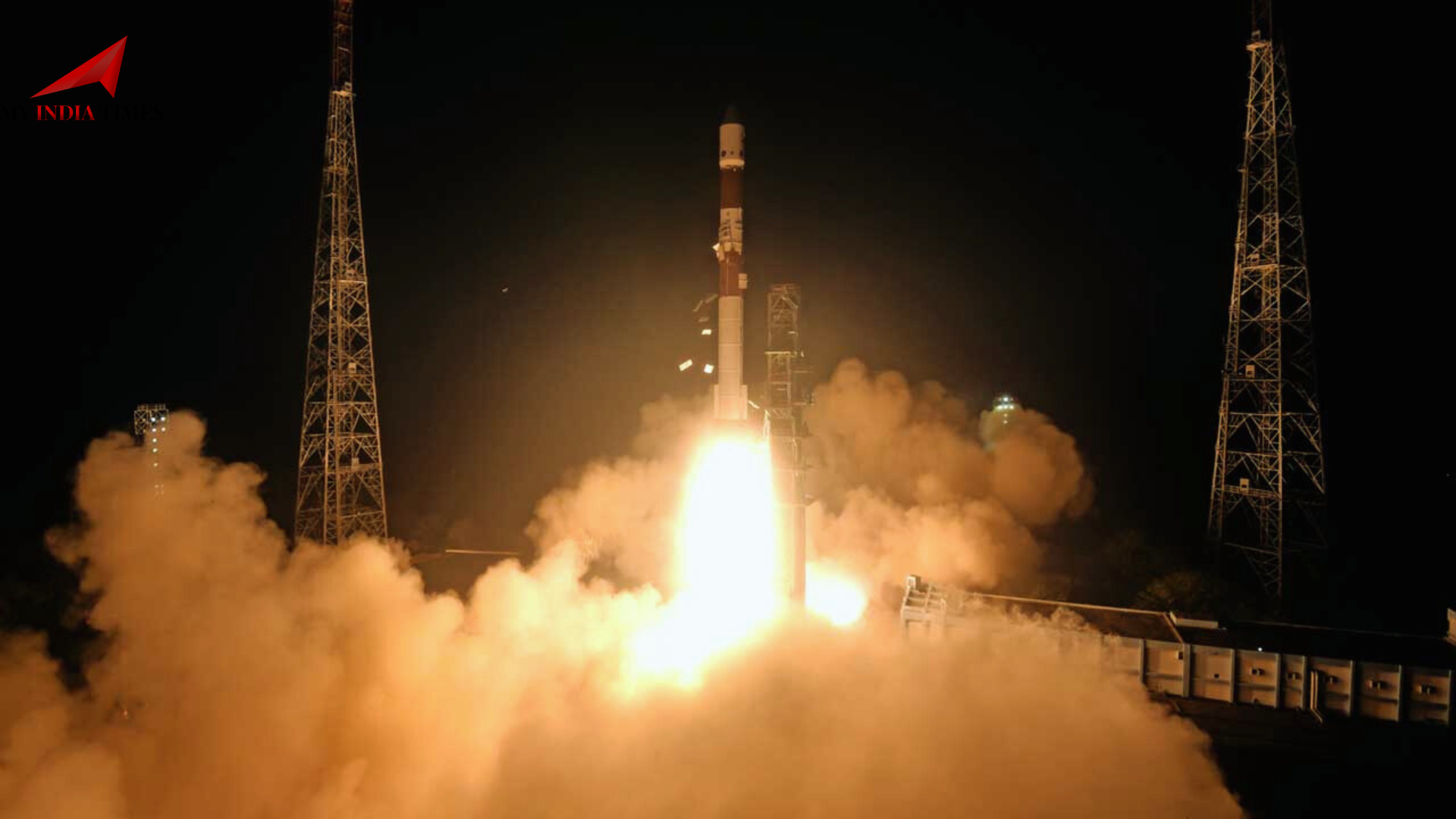



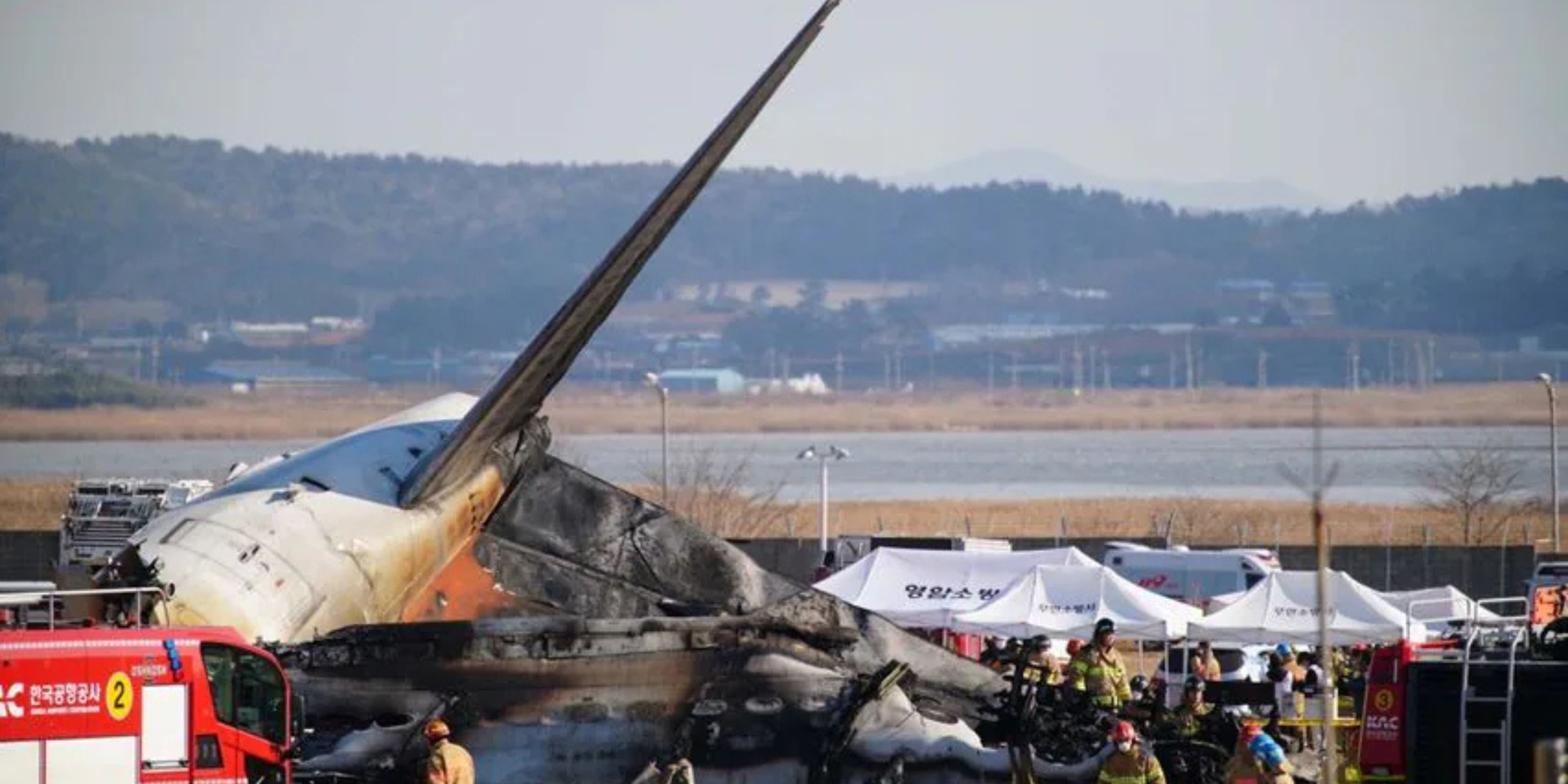












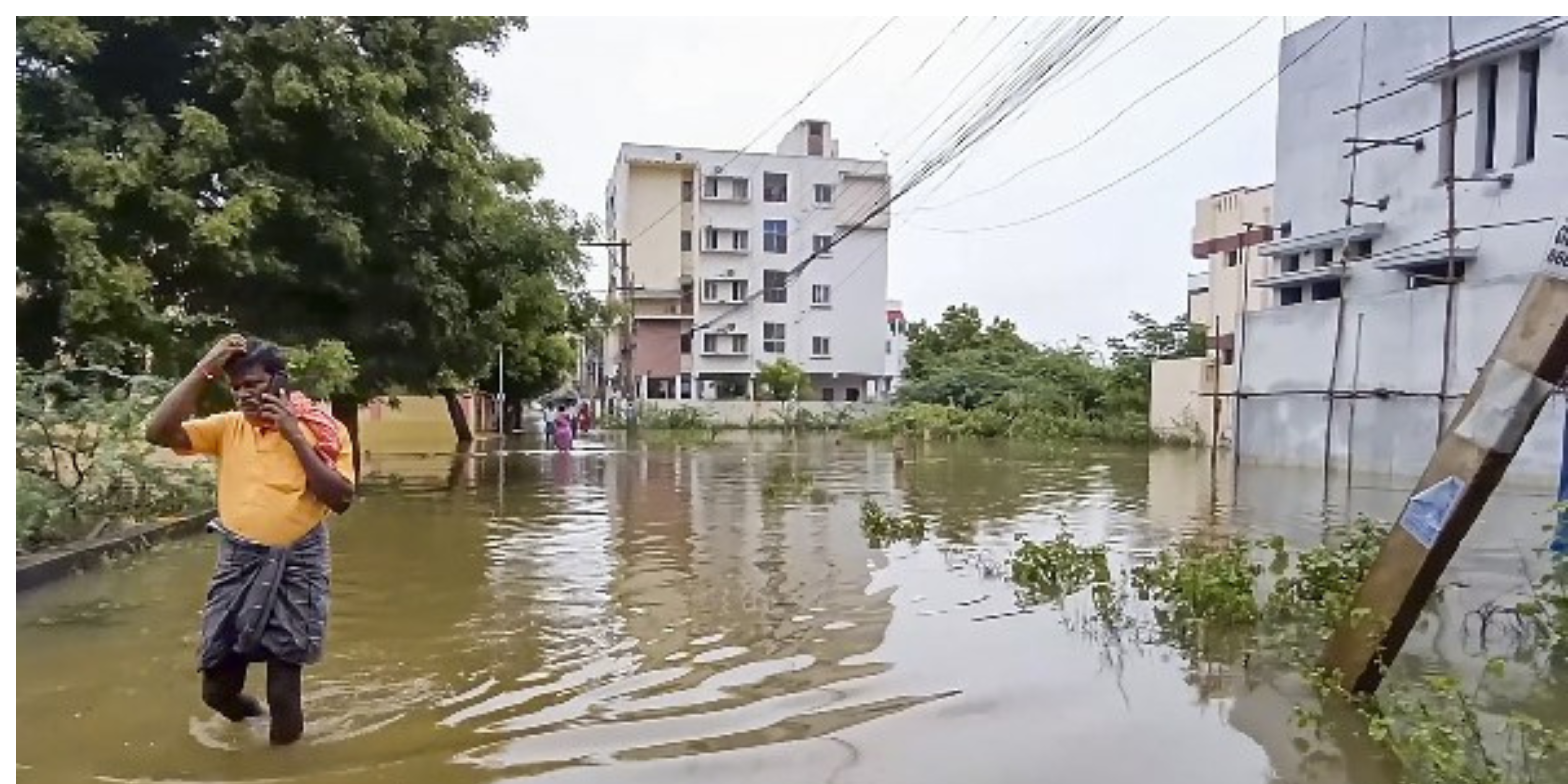





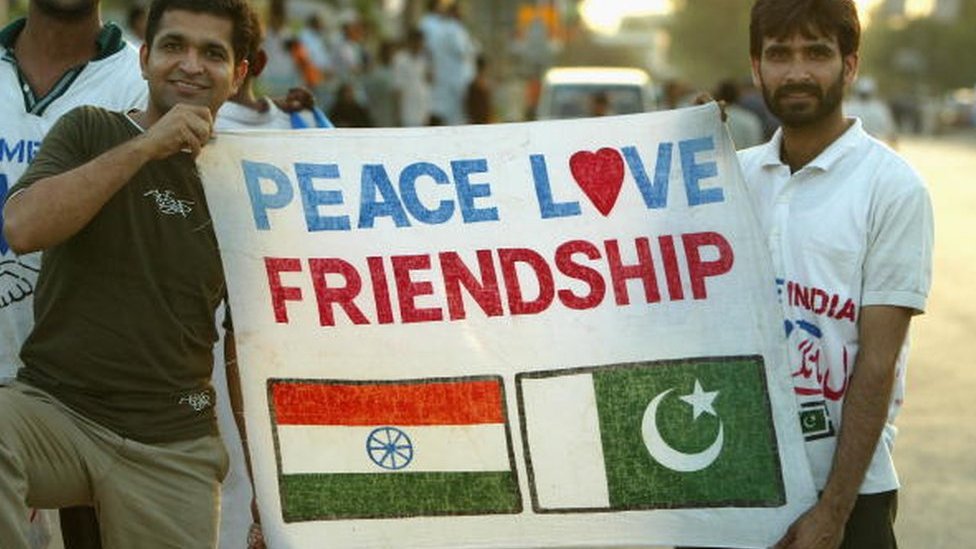
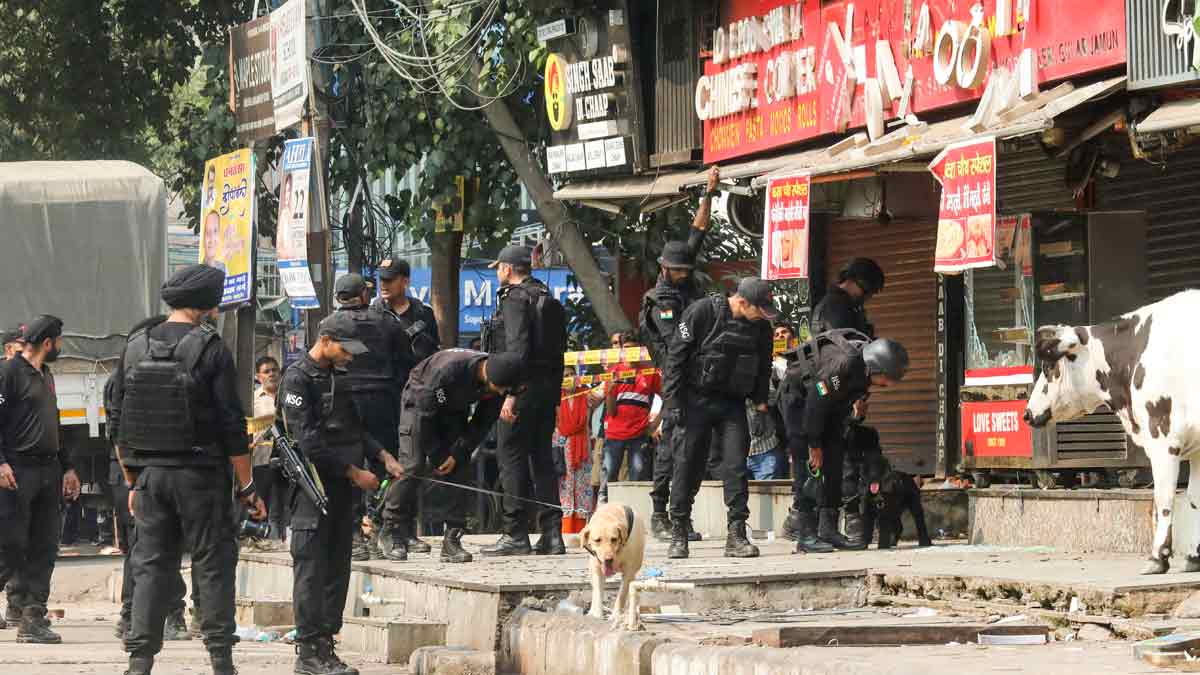


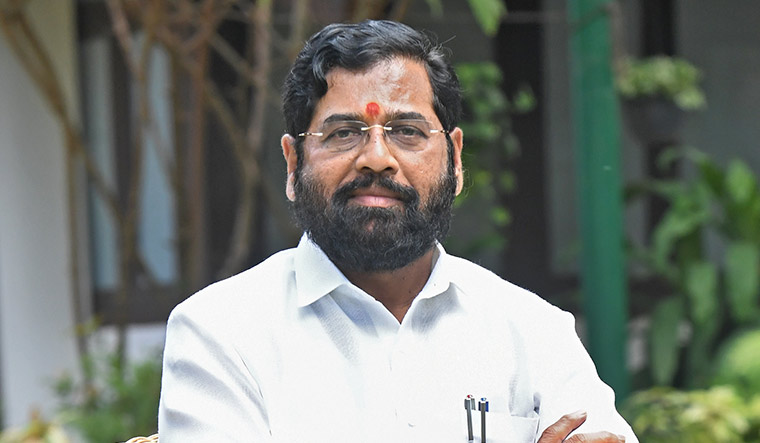
.png)
 (1).png)





